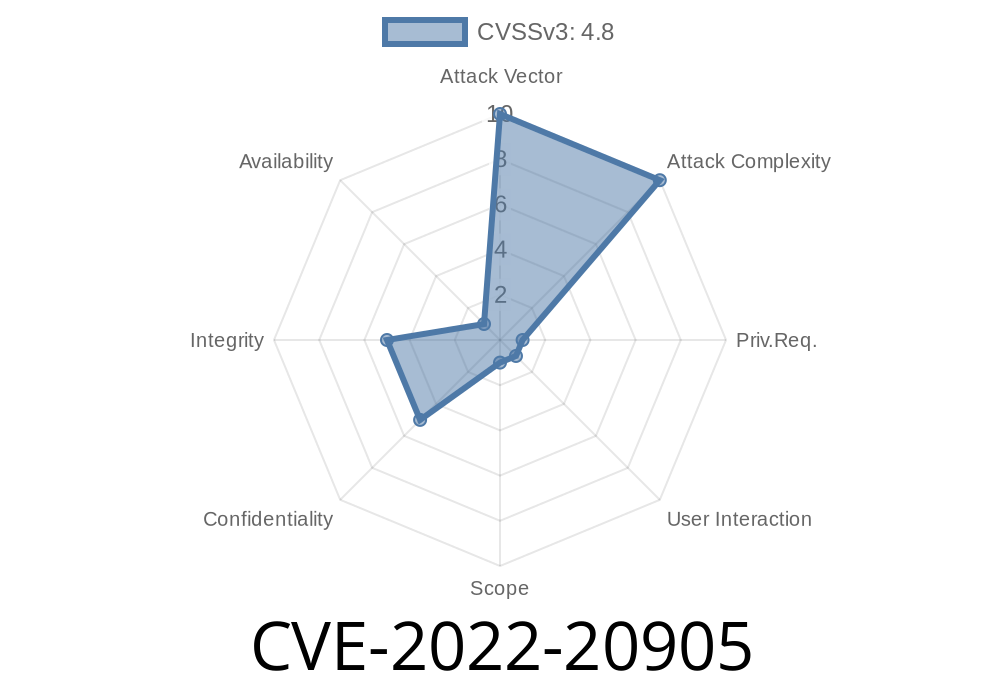Introduction:
Researchers have discovered multiple vulnerabilities in the web-based management interface of Cisco Firepower Management Center (FMC) Software. These vulnerabilities could allow an authenticated, remote attacker to conduct a stored cross-site scripting (XSS) attack against a user of the affected interface. In this post, we will discuss the details of these vulnerabilities, including code snippets, links to original references, and details of the potential exploits.
Vulnerabilities
The identified vulnerabilities are a result of insufficient validation of user-supplied input by the web-based management interface. An attacker could potentially exploit these vulnerabilities by inserting crafted input into various data fields in the affected interface.
Exploit Details
A successful exploit of these vulnerabilities could lead to the execution of arbitrary script code within the context of the affected interface. Moreover, this could give the attacker access to sensitive, browser-based information, and in some cases, causing a temporary availability impact to portions of the FMC Dashboard.
Code Snippet
An example of an exploit attempt could involve an attacker submitting a crafted payload through the "Title" field of the web interface:
<script>alert('CVE-2022-20905 - XSS Vulnerability')</script>
If the crafted payload is not properly sanitized by the web-based management interface, it could result in the execution of the attacker's arbitrary script when a user interacts with that specific data field.
Original References
For complete details on these vulnerabilities, refer to Cisco's Security Advisory at Cisco-SA-20220126-FMC-XSS. The advisory elaborates on the vulnerable products, potential exploits, and available workarounds.
Mitigation
Cisco has already released software updates that address these vulnerabilities. Users are advised to update their FMC Software to the latest version to protect their devices from potential attacks.
Additionally, it is recommended to implement best practices, like limiting the access of web-based management interfaces to trusted users and systems.
Conclusion
The multiple vulnerabilities discovered in Cisco FMC Software's web-based management interface underscore the importance of regularly updating your software and following security best practices. By staying informed about potential attack vectors and addressing them proactively, organizations can reduce the risk of potential breaches and maintain a secure network infrastructure.
Timeline
Published on: 11/15/2022 21:15:00 UTC
Last modified on: 11/18/2022 18:13:00 UTC
